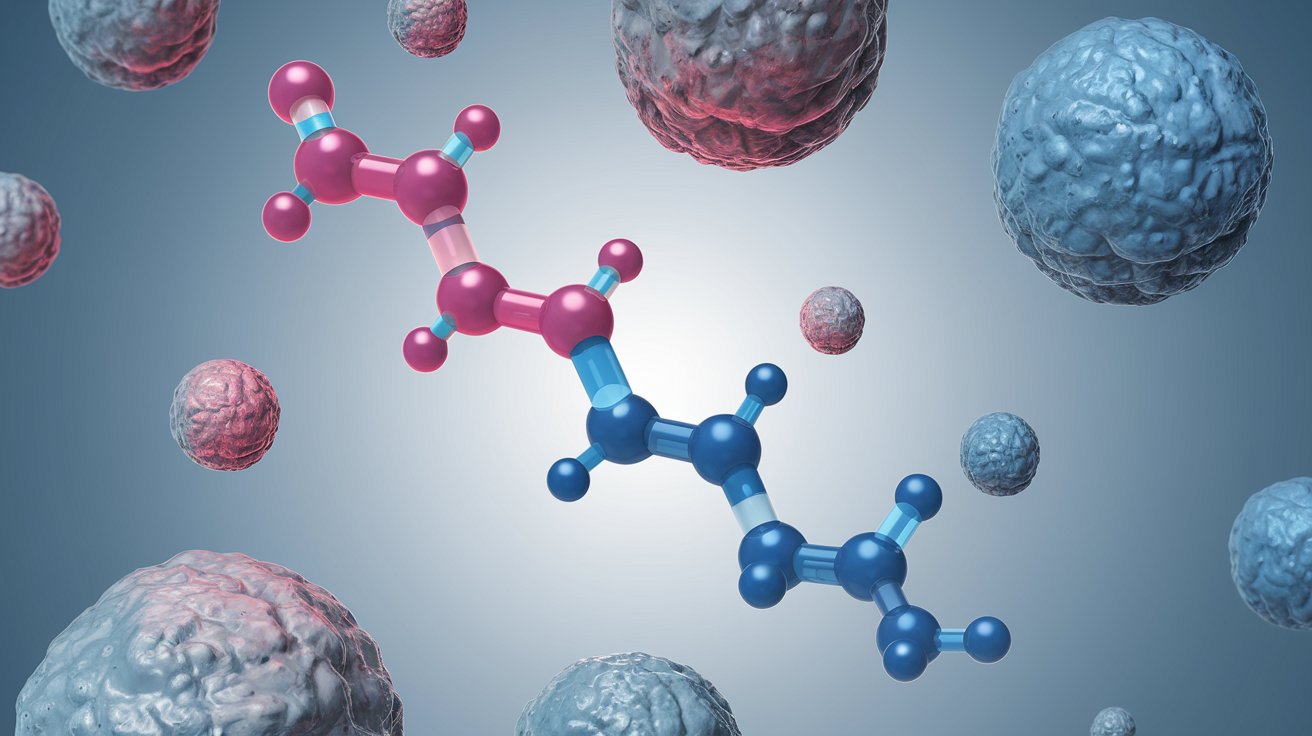
Glycogen phosphorylase plays a crucial role in breaking down glycogen into glucose, providing energy for our muscles during exercise. This enzyme is vital for maintaining blood sugar levels, especially between meals or during intense physical activity. Glycogen phosphorylase exists in different forms, each tailored to specific tissues like the liver and muscles. Its activity is regulated by various factors, including hormones and cellular energy levels. Understanding this enzyme can help in managing conditions like diabetes and metabolic disorders. Dive into these 50 fascinating facts about glycogen phosphorylase to uncover its importance in our body's energy management.
Key Takeaways:
- Glycogen phosphorylase is a super important enzyme that helps our bodies turn stored glycogen into energy, especially when we're active. It's like a power generator for our muscles and liver!
- Problems with glycogen phosphorylase can cause muscle pain and weakness, and even lead to metabolic disorders. Scientists are studying this enzyme to find new ways to treat diabetes and other health issues.
What is Glycogen Phosphorylase?
Glycogen phosphorylase is an enzyme that plays a crucial role in breaking down glycogen into glucose-1-phosphate. This process is essential for energy production, especially during physical activity. Let's dive into some fascinating facts about this enzyme.
- Glycogen phosphorylase is found in the liver and muscles.
- It helps maintain blood sugar levels during fasting.
- The enzyme is activated by adrenaline.
- Glycogen phosphorylase exists in two forms: active and inactive.
- Phosphorylation activates the enzyme.
- The enzyme's activity is regulated by calcium ions.
- Glycogen phosphorylase has a molecular weight of about 97 kDa.
- It was first discovered in 1936 by Carl and Gerty Cori.
- The enzyme's structure was determined using X-ray crystallography.
- Glycogen phosphorylase is a dimer, meaning it has two subunits.
How Does Glycogen Phosphorylase Work?
Understanding the mechanism of glycogen phosphorylase can help us appreciate its importance in metabolism. Here are some key points about its function.
- The enzyme catalyzes the addition of a phosphate group to glycogen.
- This reaction produces glucose-1-phosphate.
- Glycogen phosphorylase requires pyridoxal phosphate as a cofactor.
- The enzyme works by breaking α-1,4-glycosidic bonds in glycogen.
- It cannot break α-1,6-glycosidic bonds, which are found at branch points.
- Debranching enzymes are needed to fully degrade glycogen.
- Glycogen phosphorylase is more active during exercise.
- The enzyme's activity is inhibited by ATP and glucose-6-phosphate.
- AMP activates glycogen phosphorylase.
- The enzyme's activity is also regulated by hormonal signals.
Glycogen Phosphorylase in Health and Disease
Glycogen phosphorylase plays a significant role in various physiological and pathological conditions. Here are some interesting facts about its involvement in health and disease.
- Deficiency in glycogen phosphorylase leads to McArdle disease.
- McArdle disease is characterized by muscle pain and weakness.
- The enzyme is a potential target for diabetes treatment.
- Inhibitors of glycogen phosphorylase are being studied for therapeutic use.
- Glycogen phosphorylase activity is altered in some cancers.
- The enzyme's activity can be measured in blood samples.
- Exercise can increase glycogen phosphorylase activity in muscles.
- Liver glycogen phosphorylase helps manage blood sugar during fasting.
- Mutations in the enzyme can lead to metabolic disorders.
- Glycogen phosphorylase is involved in the body's response to stress.
Structural Insights of Glycogen Phosphorylase
The structure of glycogen phosphorylase provides valuable information about its function and regulation. Here are some structural facts.
- The enzyme has a Rossmann fold, a common motif in proteins.
- Each subunit of the dimer has an active site.
- The active site binds to glycogen and phosphate.
- Pyridoxal phosphate is covalently linked to a lysine residue in the enzyme.
- The enzyme undergoes conformational changes upon activation.
- The regulatory sites bind to AMP, ATP, and glucose-6-phosphate.
- The enzyme's structure has been solved at high resolution.
- Structural studies have identified key residues for catalysis.
- The enzyme's dimer interface is important for its stability.
- Mutations in the active site can affect enzyme activity.
Evolution and Conservation of Glycogen Phosphorylase
Glycogen phosphorylase has been conserved throughout evolution, highlighting its importance in metabolism. Here are some evolutionary insights.
- The enzyme is found in many organisms, from bacteria to humans.
- Glycogen phosphorylase genes are highly conserved.
- The enzyme's structure is similar across different species.
- Evolutionary studies suggest a common ancestor for glycogen phosphorylase.
- The enzyme's regulatory mechanisms are also conserved.
- Glycogen phosphorylase in plants is involved in starch breakdown.
- Comparative studies help understand the enzyme's evolution.
- The enzyme's conservation underscores its essential role in energy metabolism.
- Glycogen phosphorylase has paralogs with specialized functions.
- Evolutionary adaptations have fine-tuned the enzyme's activity in different tissues.
Final Thoughts on Glycogen Phosphorylase
Glycogen phosphorylase plays a crucial role in breaking down glycogen into glucose, providing energy for cells. This enzyme, found in the liver and muscles, helps regulate blood sugar levels. Its activity is influenced by hormones like adrenaline and glucagon, which signal the need for more glucose during stress or exercise. Mutations in the gene encoding glycogen phosphorylase can lead to metabolic disorders, highlighting its importance in maintaining energy balance. Understanding this enzyme's function can aid in developing treatments for diabetes and other metabolic diseases. Glycogen phosphorylase's role in energy metabolism makes it a key player in our body's response to energy demands. By studying this enzyme, scientists can uncover new ways to manage and treat metabolic conditions, improving overall health and well-being.
Frequently Asked Questions
Was this page helpful?
Our commitment to delivering trustworthy and engaging content is at the heart of what we do. Each fact on our site is contributed by real users like you, bringing a wealth of diverse insights and information. To ensure the highest standards of accuracy and reliability, our dedicated editors meticulously review each submission. This process guarantees that the facts we share are not only fascinating but also credible. Trust in our commitment to quality and authenticity as you explore and learn with us.
